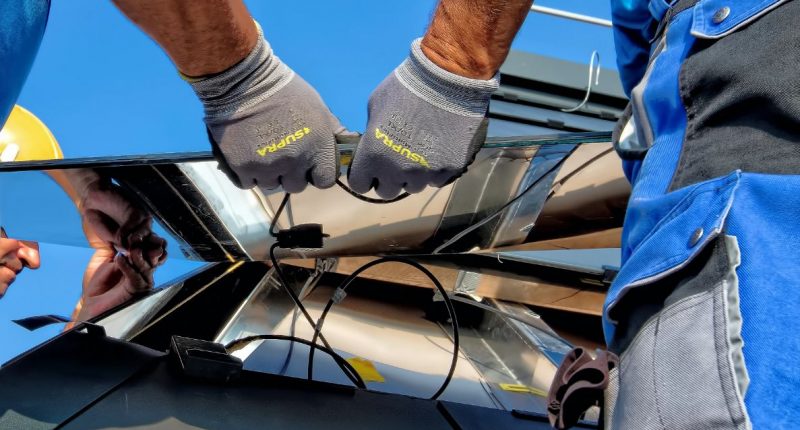In the US, almost 40% of electricity generating capacity now comes from solar energy, and within the next five years, the amount of power produced is expected to double. As home installations become more widespread, large solar arrays are being established in less conventional locations across the globe and beyond, where they are able to harness greater amounts of energy. Although power created by renewable sources has already surpassed that of coal, finding innovative ways to store and harness solar energy will ensure that expectations of growth in the industry are met.
Storing Solar Power At Home
Last year, the Solar Energy Industries Association announced that the US now had more than 2 million solar installations, enough to power over 12 million homes. As well as benefiting from large arrays, an increasing number of homeowners are choosing to fit solar panels in order to power their homes. Although seen as a considerable investment, the overall commercial solar panel cost is significantly lowered through the reduction of electricity bills and selling excess energy back to the grid. With an experimental process to convert household bricks into storage devices, even more of this extra energy could be stored for use at home. Through a series of chemical syntheses, the porous structure of a red brick becomes coated with plastic that can conduct electricity. When these bricks are hooked up to solar panels, they could store enough rechargeable energy for LED lighting.
Floating Large Arrays On Water.
The first solar array on water was installed 12 years ago in the US, and now, with an increasing number of floating systems throughout the world, water installations have the potential to produce more than 400 gigawatts of energy. Although they have been slower to take off in the US, lack of available land, together with the incentive of significant payback, is encouraging more businesses to invest in floating solar arrays. As engineers develop increasingly robust systems to withstand constant movement and corrosion, the underwater cables of larger floating arrays can successfully send current to the local grid on land for longer.
Harnessing Solar Energy In Space
Despite an increase in the number of large arrays across the world, 30% of incoming solar radiation cannot be harnessed because of the Earth’s variations in tilt and weather patterns. To address this problem, a collaboration between the Air Force and renewable energy industries is working on technology to place solar cells directly in space, where they will receive an uninterrupted source of constant light. Due to the lack of storage capacity in space, converted solar energy is transferred via radio frequency to an antenna on the ground, where it is converted back to direct current. Cheaper manufacturing of the high-efficiency cells required, and lower costs for flying the completed systems into space could finally allow for this solar beaming to take place in the near future.
To meet an increasing need for renewable energy, power companies and scientific institutions around the world are looking for new ways to store and harness more solar energy. From saving power in a simple brick to collecting uninterrupted rays in space, the world’s capacity for solar powered electricity is continuing to expand.




